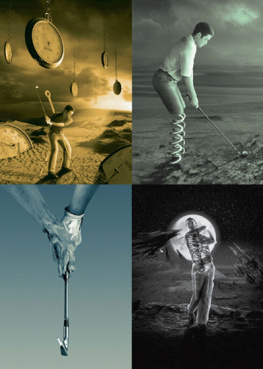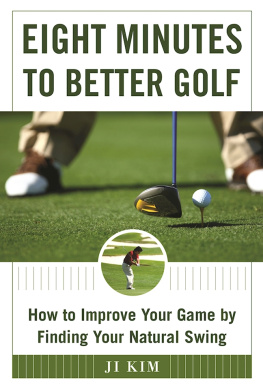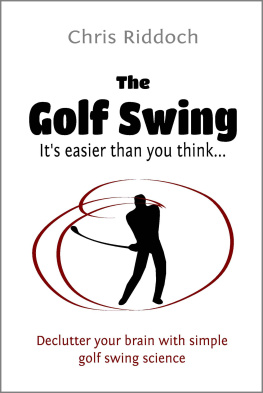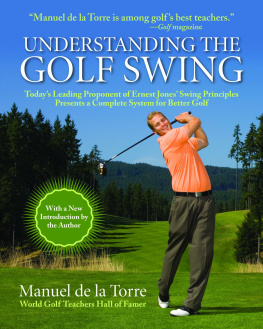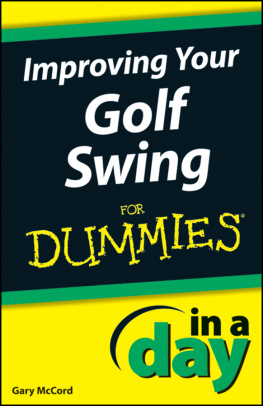SOLID
CONTACT


GOTHAM BOOKS
Published by Penguin Group (USA) Inc.
375 Hudson Street, New York, New York 10014, U.S.A.
Penguin Group (Canada), 90 Eglinton Avenue East, Suite 700, Toronto, Ontario M4P 2Y3, Canada (a division of Pearson Penguin Canada Inc.); Penguin Books Ltd, 80 Strand, London WC2R 0RL, England; Penguin Ireland, 25 St. Stephens Green, Dublin 2, Ireland (a division of Penguin Books Ltd); Penguin Group (Australia), 250 Camberwell Road, Camberwell, Victoria 3124, Australia (a division of Pearson Australia Group Pty Ltd); Penguin Books India Pvt Ltd, 11 Community Centre, Panchsheel Park, New Delhi 110 017, India; Penguin Group (NZ), 67 Apollo Drive, Rosedale, Auckland 0632, New Zealand (a division of Pearson New Zealand Ltd); Penguin Books (South Africa) (Pty) Ltd, 24 Sturdee Avenue, Rosebank, Johannesburg 2196, South Africa
Penguin Books Ltd, Registered Offices: 80 Strand, London WC2R 0RL, England
Published by Gotham Books, a member of Penguin Group (USA) Inc.
First printing, March 2012
10 9 8 7 6 5 4 3 2 1
Copyright 2012 by Jim Hardy
Illustrations by Scott Addison
All rights reserved
Gotham Books and the skyscraper logo are trademarks of Penguin Group (USA) Inc.
LIBRARY OF CONGRESS CATALOGING-IN-PUBLICATION DATA
Hardy, Jim.
Solid contact : a top golf instructors guide to learning your swing DNA and instantly striking the ball better than ever / Jim Hardy with Ron Kaspriske.
p. cm.
ISBN 978-1-101-56103-4
1. Swing (Golf)Handbooks, manuals, etc. 2. GolfTrainingHandbooks, manuals, etc.
I. Kaspriske, Ron. II. Title.
GV979.S9H295 2012
796.3523dc23 2011046703
Set in New Aster and Din Schrift
Designed by BTD NYC
Without limiting the rights under copyright reserved above, no part of this publication may be reproduced, stored in or introduced into a retrieval system, or transmitted, in any form, or by any means (electronic, mechanical, photocopying, recording, or otherwise), without the prior written permission of both the copyright owner and the above publisher of this book.
The scanning, uploading, and distribution of this book via the Internet or via any other means without the permission of the publisher is illegal and punishable by law. Please purchase only authorized electronic editions, and do not participate in or encourage electronic piracy of copyrighted materials. Your support of the authors rights is appreciated.
While the authors have made every effort to provide accurate telephone numbers and Internet addresses at the time of publication, neither the publisher nor the authors assume any responsibility for errors, or for changes that occur after publication. Further, the publisher does not have any control over and does not assume any responsibility for author or third-party websites or their content.
ALWAYS LEARNING
PEARSON
I dedicate this book to Chris OConnell and Mike Crisanti,
whose enthusiasm and hard work have built Plane Truth Golf;
to the Colonel and Bobby Thieme, who taught me
the plain Truth that changed my life;
and to Him in his matchless grace
FOREWORD
BY MATT KUCHAR
F ive swings. Thats what it took for me to become one of the most consistent players on the PGA Tour. That might sound like hyperbole, but trust me, Im not exaggerating. You hear professionals routinely say theyre working on a swing change, and it might take monthsor even a yearbefore they start seeing positive results from those changes. That wasnt the case for me. It took me exactly five swings. Hows that possible? I was introduced to the teachings of Jim Hardy through one of his friends, a great instructor in his own right by the name of Chris OConnell. Jim and Chris are partners in golf instruction, and the philosophy that Jim is going to teach you in this book is the very philosophy that Chris used to turn my career around.
Before I started working with Chris and learned what Jims philosophy was all about, you could say, at best, I was a streaky player. I would find myself in contention to win a PGA Tour event a couple of times a year, but only when I was really timing my old swing well. Now I find myself among the top players on the PGA Tour nearly every time I tee it up. I always feel like I have a chance. During one stretch, I had nineteen top-10 finishes in forty-one events and I also led the PGA Tour in earnings in 2010 with $4.9 million. I owe it all to working with Chris and understanding Jims plus/minus system.
Unlike things other instructors have told me and lessons I have taken, this concept just makes sense to me. Im no longer bogged down thinking about swing mechanics. I just pay attention to my ball flight. If things go bad, I know Im only one adjustment away from correcting whatever issue Im having. If my swing is too steep or too shallow, I know all I have to do is add an ingredient from the other side of neutral and things will balance out. Its a matter of correcting one angle. A lot of people think you have to make several adjustments to start hitting the ball solid again. Thats not true. In many cases, all you need to do is adjust one thing.
The best part about it is that Im able to fix myself when things go bad. Chris can help me on the lesson tee, but if I start hitting it squirrelly during a tournament, I understand the reason for the misses and what to do to correct them. I think thats a huge reason for my consistency. I know Im never that far off from making solid contact again and controlling my shots. To think you can self-diagnose your problem and quickly correct it. Man, thats pretty exciting.
The other thing I really like about this concept is that it de-emphasizes the notion that you have to make a perfect-looking golf swing to play great golf. Its not about the swing. Its about the result. Jim is saying that making solid contact with the ball, and playing a ball flight that you can rely on, is way more important than having a pretty swing. And I agree. I know a lot of amateur players who dont have the time or ability to make a great swing. They just want to go out and play golf and have fun. They know their swings will never look like they play on the PGA Tour, they just want to hit the ball solidly and have some confidence about where the golf ball is gonna go. This book will show you exactly how to do that. If you understand the concept, youre going to be on your way to playing better. And who knows, maybe it will only take you four swings to do it.
Introduction
YOUR GOLF DNA
I f youve read my books and magazine articles, or listened to my lectures, then youre probably aware that I believe all golfers make either a one-plane or two-plane swing. What that means is, if the body, arms, and club move together on roughly the same plane, its a one-plane swing. If the arms and club move on a distinctly different, more upright plane than the body, its a two-plane swing. It doesnt matter whether Im talking about a 20-handicapper or a tour proyoure either a one-planer or a two-planer.
I bring this up because, in the past, Ive taught what I felt were the easiest, quickest, safest, and best ways to produce a one- or two-plane swing. But the elements I taught for those one- or two-plane swings had a lot of latitude within them. Those latitudes allowed for individual swing variations. No two people are going to swing the club exactly alike. Each of us has our own physical limitations, strength, and flexibility. We have our own tempos, rhythms, and balance. We dont stand exactly the same, or aim the same, or have identical planes or paths. And each of us has our own style of one- or two-plane swingand a great deal of them are very effective.



